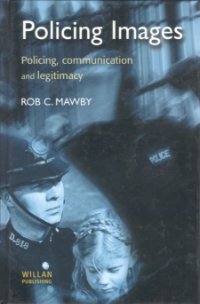By Charles Branas, Shani Buggs, Jeffrey A. Butts, Anna Harvey, Erin M. Kerrison, Tracey Meares, Andrew V. Papachristos, John Pfaff, Alex R. Piquero, Joseph Richardson Jr., Caterina Gouvis Roman, and Daniel Webster
This report summarizes the collective judgment of an experienced group of researchers who were free to consider all evidence, unconstrained by the conventional priority given to randomized controlled trials (RCT). The most rigorous studies in the field of community violence are RCTs, but many focus on individual behaviors only, failing to account for the full social context giving rise to those behaviors, including social and economic inequities, institutionalized discrimination, and the racial and class biases of the justice system itself. To synthesize evidence in an inclusive manner, one must be aware of social context and prioritize solutions that help to address structural impediments while still providing immediate interventions to reduce violence. Unless research evidence is considered in this context, potentially effective strategies may be overlooked simply because they target community-level change rather than individual change, and for that reason are difficult to evaluate and the research literature to back them up is inevitably less rigorous and less prominent.
New York: John Jay College Research Advisory Group on Preventing and Reducing Community Violence, 2020. 42p.





















